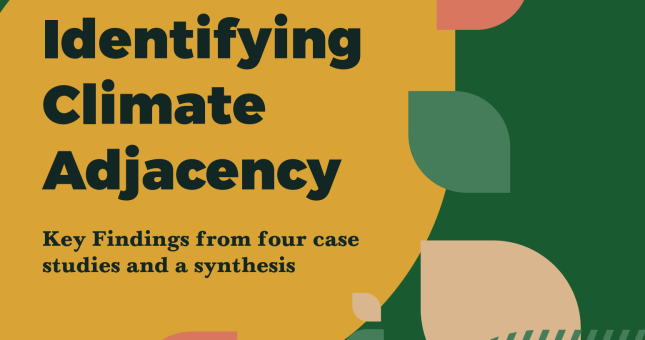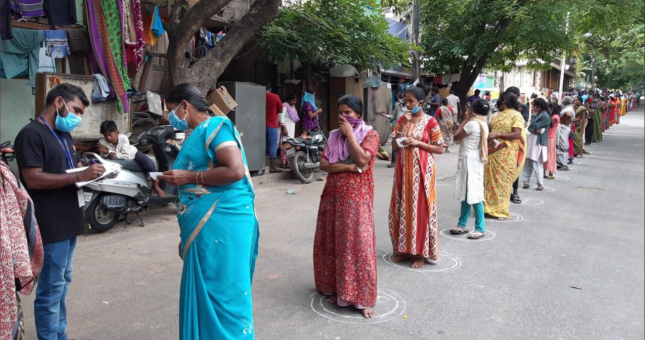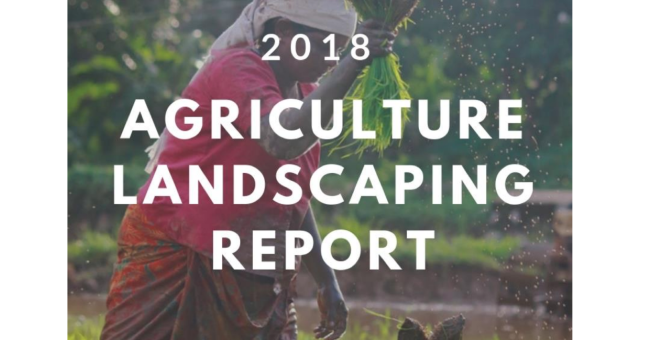Climate change, as a sector, is seen in isolation. To make people take cognizance of the climate linkages that exist across sectors and projects, Rohini Nilekani Philanthropies partnered with DESTA Research LLP to make these linkages explicitly clear. Through a series of workshops, DESTA helped field partners identify climate linkages in non-climate focused projects.
Now is the time for us to be creative in how we think about the intersections between the economy, society and the environment, because going back to a model that pits one against the other, is deeply problematic.
Mapping a project’s influence on the local ecosystem and livelihoods helped agencies understand how they related with the adaptive capacity of people to deal with climate change, reduced emission sources, or improved sequestration. Such mapping brought out the implicit connections between project work and climate change that existed in people’s minds more explicitly.
This report is the synthesis of that work, with broader implications for the climate space.



